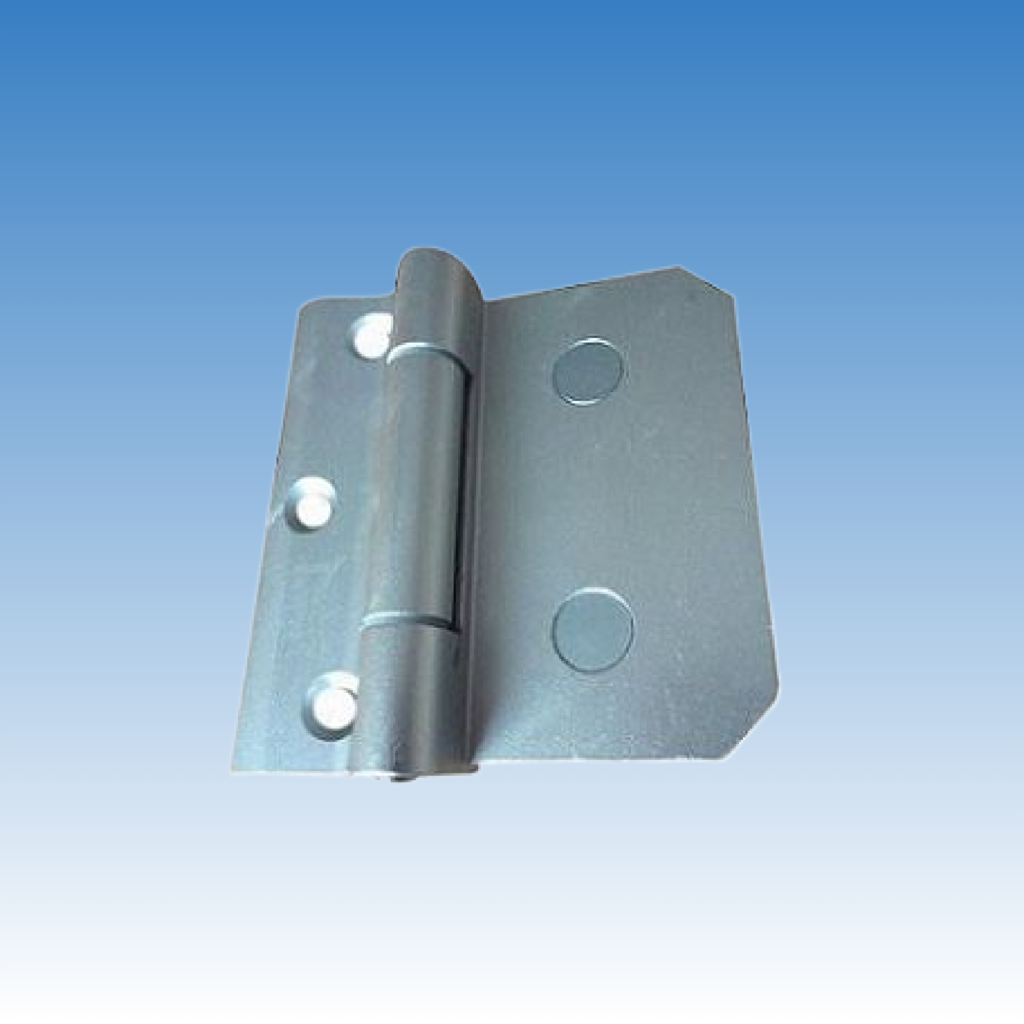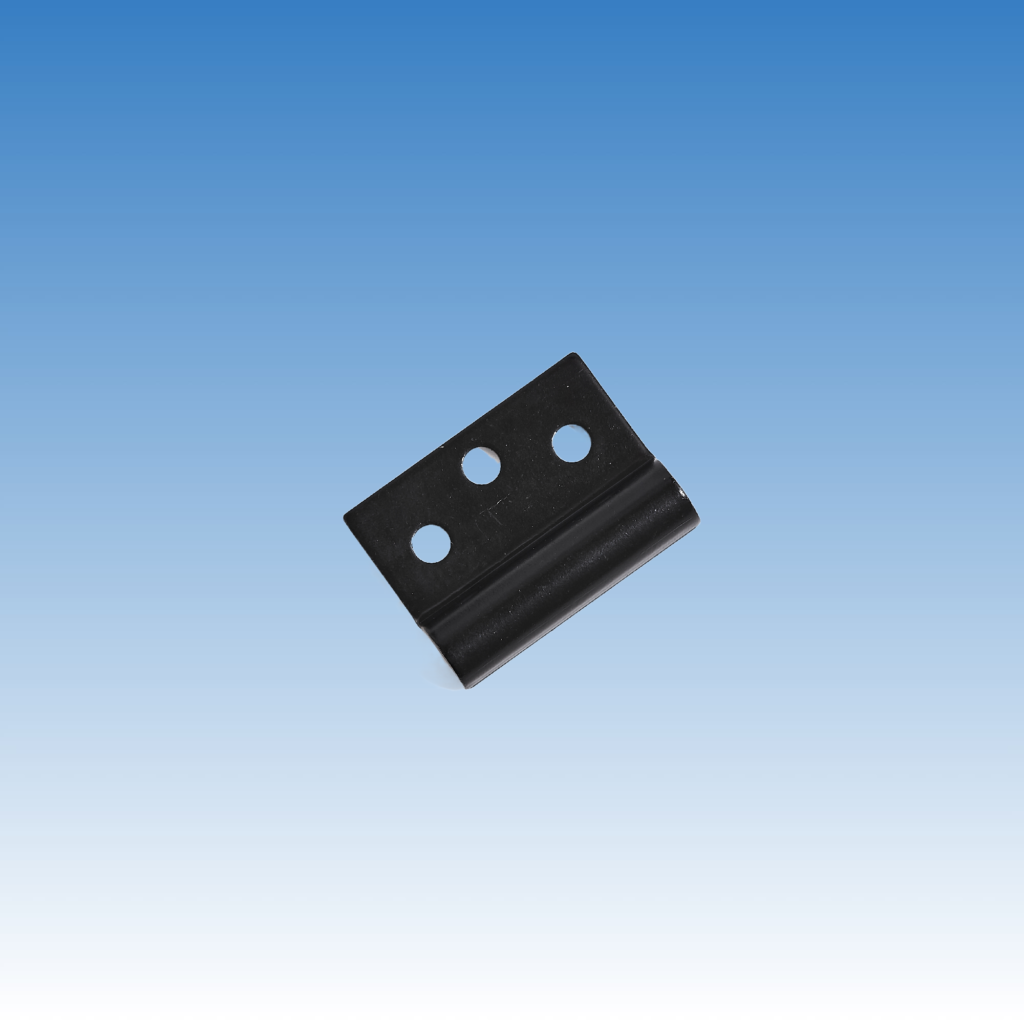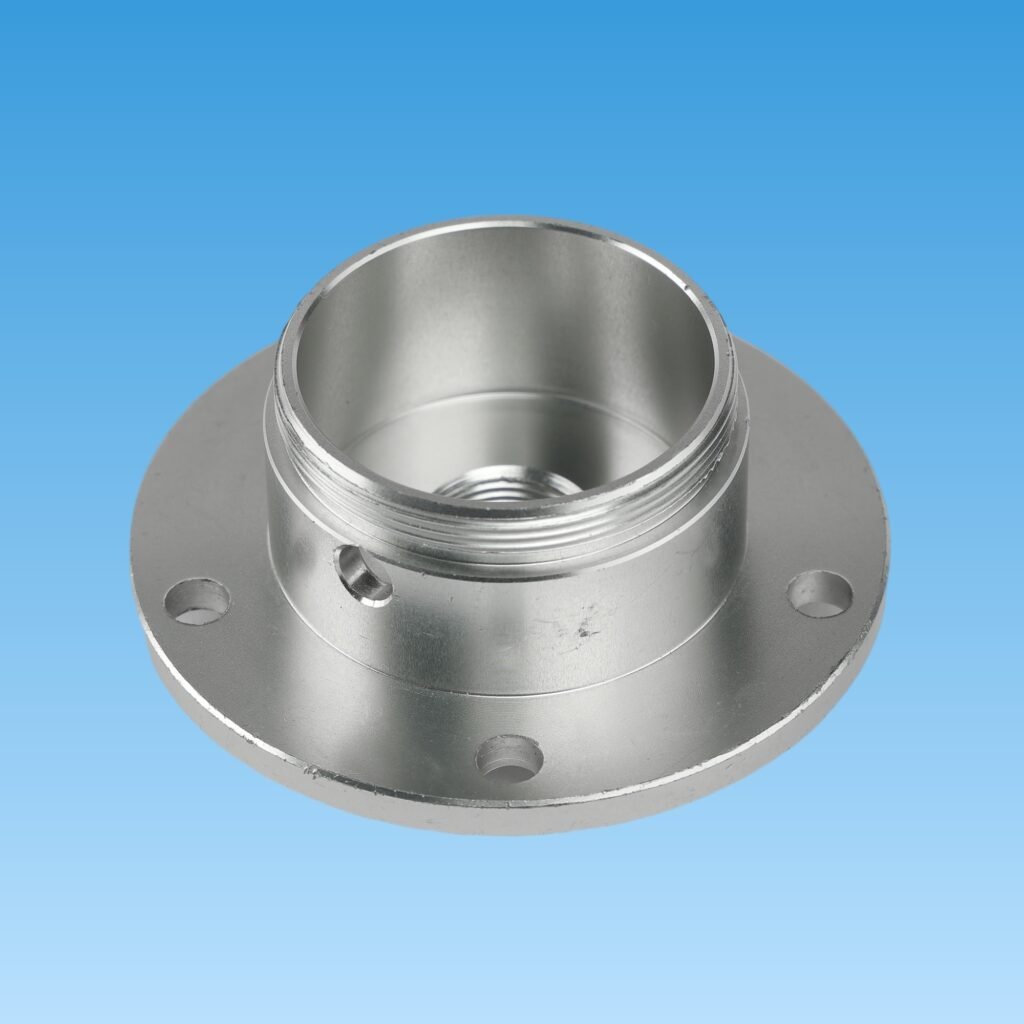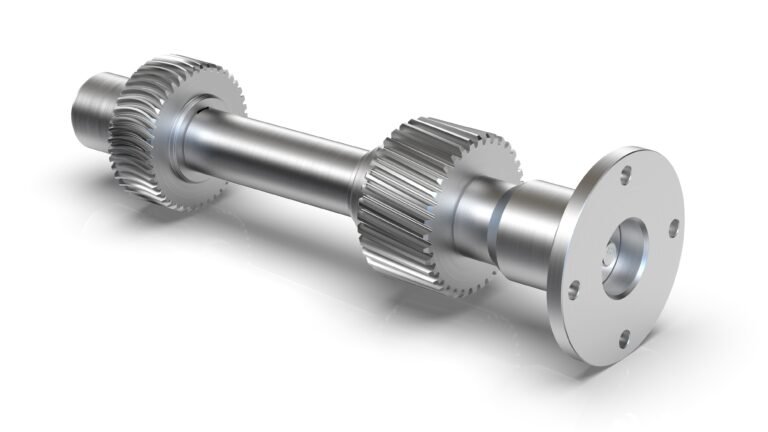Bolts may look simple, but behind every strong bolt is a precise heat treatment process that ensures performance under pressure.
The heat treatment process for bolts includes heating, soaking, and controlled cooling to improve strength, hardness, and fatigue resistance.

Bolts used in automotive, aerospace, or construction cannot fail. That’s why I always focus on heat treatment when working with my customers. Without it, bolts would easily deform, break, or loosen under stress. From quenching to tempering, each step is chosen based on the bolt’s material, application, and required properties.
How to select a heat treatment process?
Some bolts need to handle intense loads. Others need to resist corrosion or wear. Picking the right treatment is key.
To select a heat treatment process, consider material type, mechanical property requirements, application environment, and expected load performance.

There’s no one-size-fits-all solution. I once worked with a German client sourcing bolts for medical machinery. We used stainless steel, but it still needed low-temperature stress relief to maintain ductility. In contrast, for high-tensile automotive bolts, we use alloy steels and apply full quenching and tempering. Below is a breakdown of how to decide:
Heat Treatment Selection Table
| Bolt Material | Required Properties | Recommended Treatment | Notes |
|---|---|---|---|
| Carbon Steel | High strength | Quenching + Tempering | For structural and automotive bolts |
| Alloy Steel | Toughness + fatigue | Normalizing + Tempering | For dynamic loads |
| Stainless Steel | Corrosion resistance | Solution Annealing | For medical/food-grade bolts |
| Copper Alloys | Conductivity + ductility | Stress Relief Annealing | For electrical connections |
Choose wrong, and the bolt may be brittle or too soft. Get it right, and it becomes a silent hero in every machine.
Why is heat treatment required?
Most people don’t think about what makes a bolt reliable. But its strength comes from heat, not just metal.
Heat treatment is required to improve mechanical properties such as hardness, tensile strength, and fatigue resistance, making bolts suitable for demanding environments.

Before treatment, most bolts are just soft rods of steel. They would bend or wear out quickly. I remember supplying untreated samples to a client once for testing—they failed within hours. After we applied quenching and tempering, the same design lasted months without any issue. Heat treatment changes the grain structure of metals. It aligns, hardens, and improves resistance to real-world forces like torque, impact, and vibration.
Effects of Heat Treatment on Bolt Properties
| Property | Before Treatment | After Heat Treatment |
|---|---|---|
| Hardness | Low | Increased |
| Tensile Strength | Weak | Strong |
| Fatigue Resistance | Poor | Improved |
| Ductility | High (can deform easily) | Balanced with strength |
| Wear Resistance | Minimal | High |
Without treatment, bolts would fail. With it, they can last years even under extreme pressure.
What is the difference between quenching and annealing?
These two processes may sound similar, but their results are opposite.
Quenching increases hardness and strength by rapid cooling, while annealing softens the material by slow cooling to improve ductility and reduce internal stress.

Let me explain with an example. For high-performance bolts, we use quenching. The process involves heating steel above its critical temperature, then cooling it quickly in oil or water. This locks the structure into a hard form. But sometimes, bolts must bend slightly under load—then we use annealing. We heat and cool slowly so the metal relaxes and becomes more flexible.
Quenching vs Annealing Comparison
| Aspect | Quenching | Annealing |
|---|---|---|
| Cooling Speed | Rapid (oil/water) | Slow (furnace air) |
| Resulting Hardness | Very high | Low |
| Ductility | Low | High |
| Stress Level | High (may require tempering) | Reduced |
| Application Example | Structural or automotive bolts | Soft, formable bolts |
Use quenching for strength, annealing for softness. Each has its place depending on what the bolt needs to do.
How to reduce hardness of material?
Sometimes, bolts come out too hard. That’s a problem for processes like threading or forming.
To reduce the hardness of a material, apply annealing or tempering, which involve controlled heating and slow cooling to restore ductility.

I’ve faced this with high-carbon steel bolts. After quenching, the bolts were too brittle. Threads would crack. So we used tempering—a follow-up heating at a lower temperature. It softened the bolts just enough to make machining easier, without losing too much strength.
Methods to Reduce Hardness
| Method | Temperature Range | Effect on Material | Use Case |
|---|---|---|---|
| Annealing | 500–700°C | Maximum softening | For forming or machining |
| Tempering | 150–400°C | Partial softening | After quenching |
| Stress Relief | 200–300°C | Minimal hardness change | Remove internal stress |
Each method is about balance. We soften enough to work the metal but not so much that it becomes weak. That’s the art of heat treatment.
Conclusion
Heat treatment is the secret behind every strong, reliable bolt—shaping its strength, hardness, and resilience for real-world demands.


